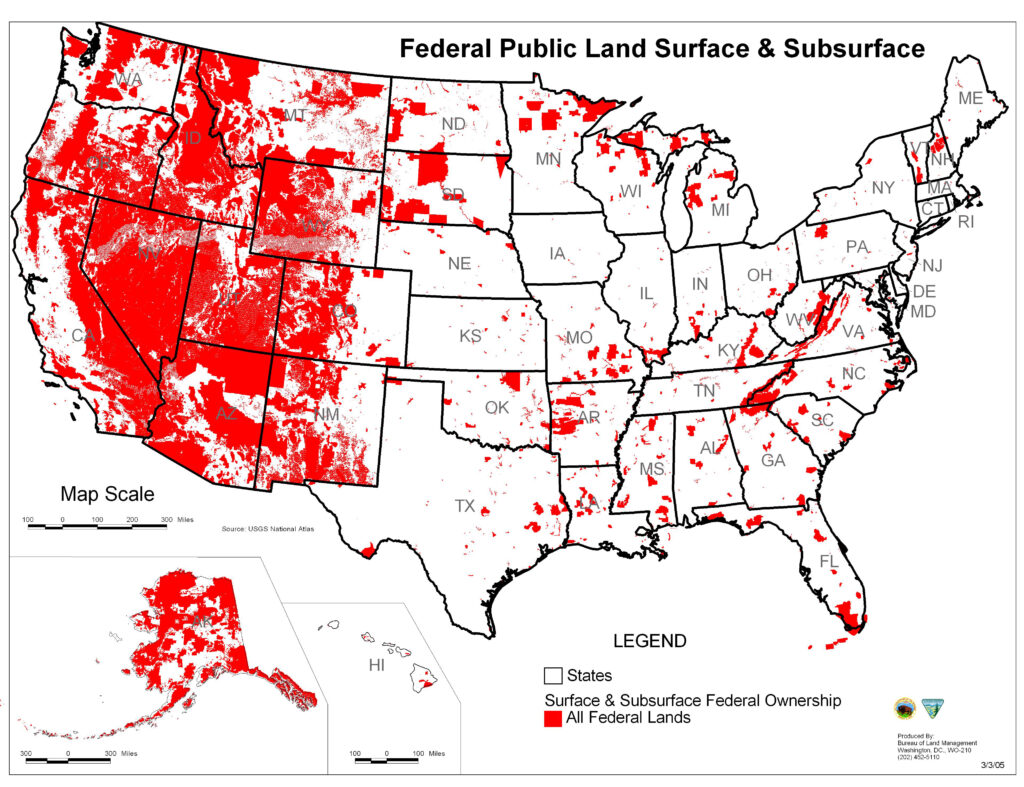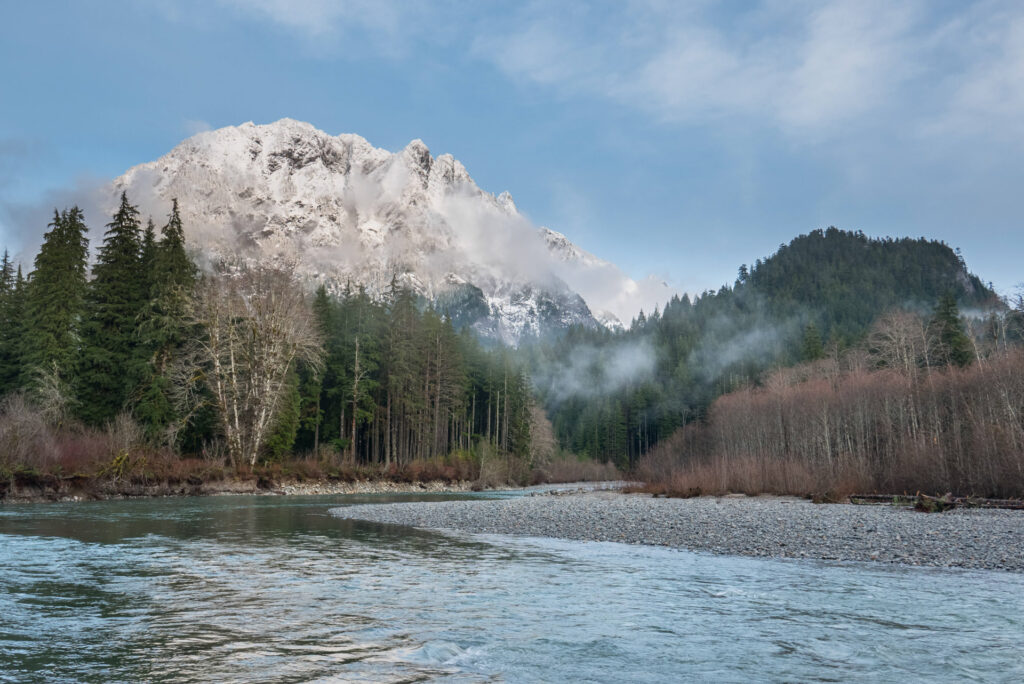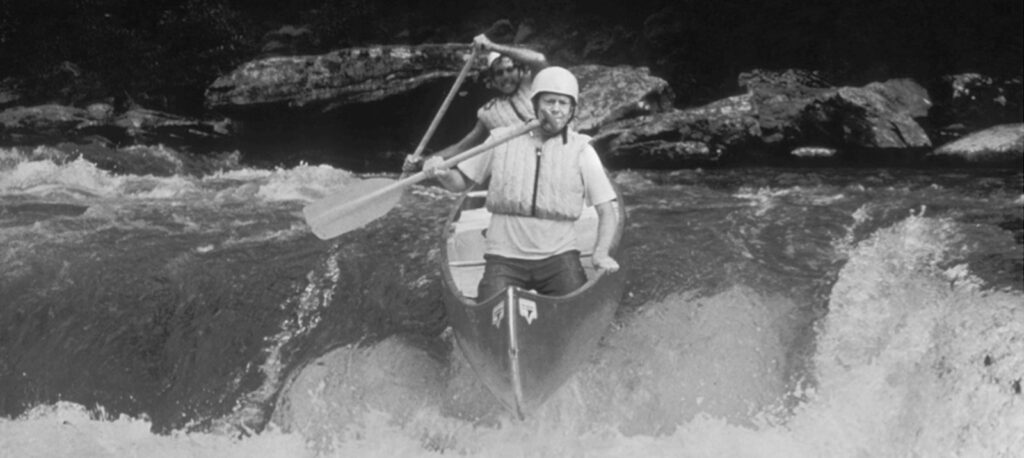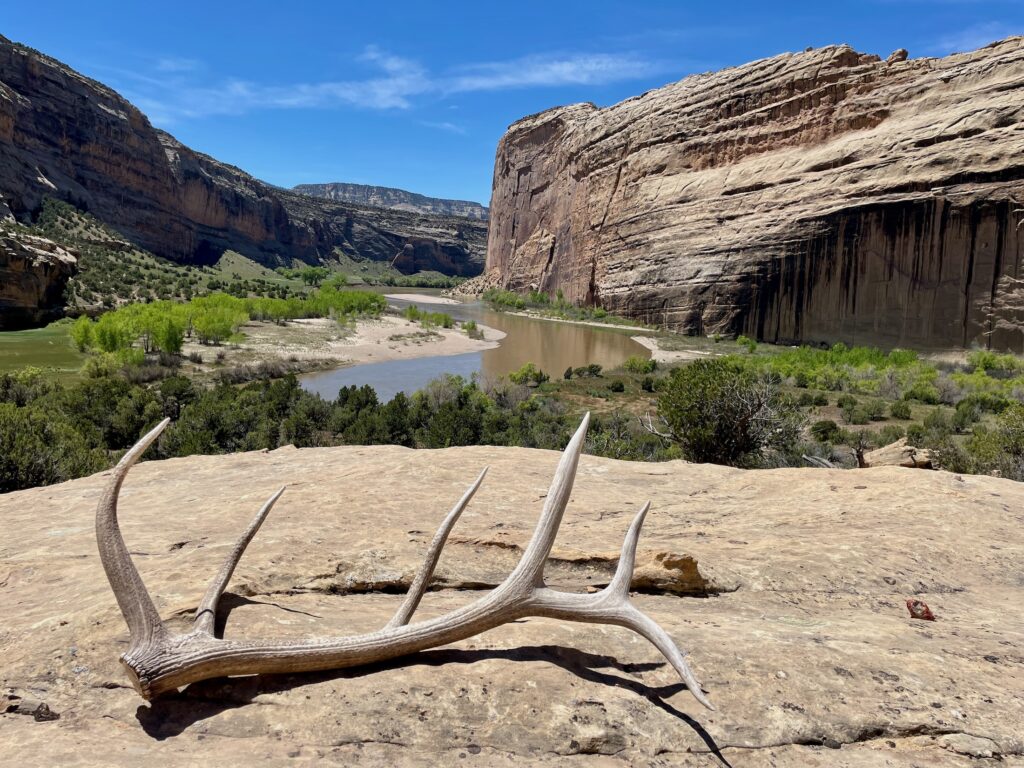
It’s hard to overstate the relationship between federally owned public lands and clean drinking water in the United States.
For some 180 million Americans, the water in our faucets began many miles away in a stream or river, flowing for miles through a public forest or grassland, where rain and melting snow were absorbed, stored, filtered, and cooled to nature’s perfection.
Public lands comprise 640 million acres, or about 28 percent of the nation’s landmass. They include national parks and preserves, national wildlife refuges and conservation areas, national monuments and wilderness areas. These lands provide a disproportionately high amount of the nation’s clean drinking water supply to downstream communities—and the connection is especially strong in the West.
A 2022 study by the U.S. Forest Service revealed national forests in the West comprised 19.2 percent of the total land area yet contributed 46.3 percent of the surface water supply. In the East, national forests comprised 2.8 percent of total land and 3.8 percent of the water supply.
Federal public lands supply clean drinking water to over 2.9M people living in Oregon
Take the city of Portland, Oregon, for example. The Forest Service owns about 94 percent of the Bull Run Watershed, which sits 25 miles east of the city and supplies 90 percent of its drinking water. In fact, recent data shows more than 2.9 million Oregonians receive their drinking water thanks to federal public lands.
Protected public lands and the intertwined watersheds they support is something all Americans deserve.

“Public lands are key to what we care about most—rivers that are filled with clean, free-flowing water to sustain people, fish, farms, and wildlife,” said Sarah Dyrdahl, Northwest regional director for American Rivers. “These lands and the rivers they support are the lifeblood of our local communities and economies.”
Historically and even now, lawmakers have proposed selling off federal public lands. It’s expected this would lead to increased clear-cutting and other extractive activities that could create pollution, reduce water quality, and ultimately increase water treatment costs. Human-caused destruction of rivers has already devastated nature and put our health at risk.
The bottom line is that what happens on the public’s land also happens to the public’s water, as discussed in our previous blog, “The Secret Double Life of America’s Public Lands.” And the public in the West and nationwide overwhelmingly supports clean water protections and conservation of our priceless public lands.
It’s essential we keep public lands in public hands, to safeguard our rivers and our nation’s water security.



